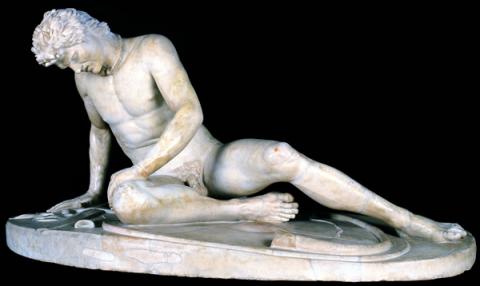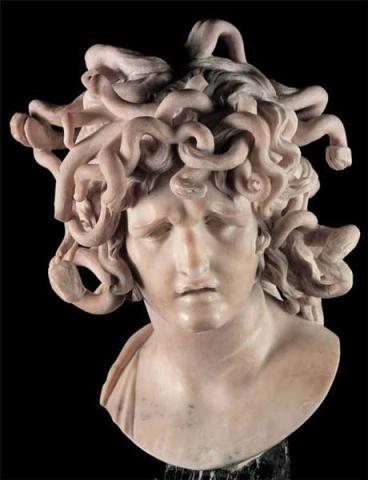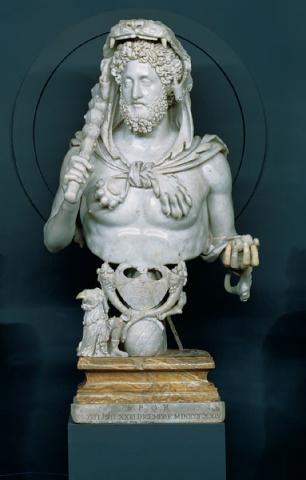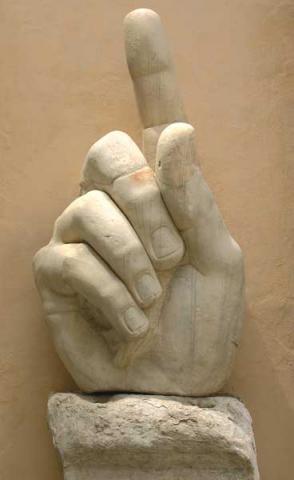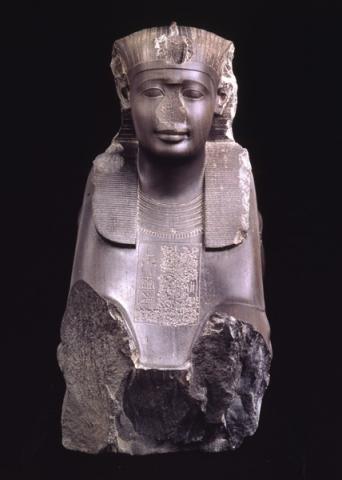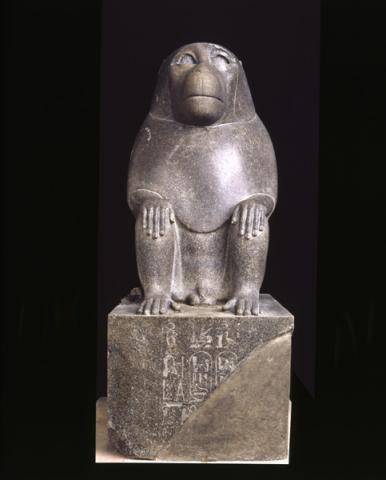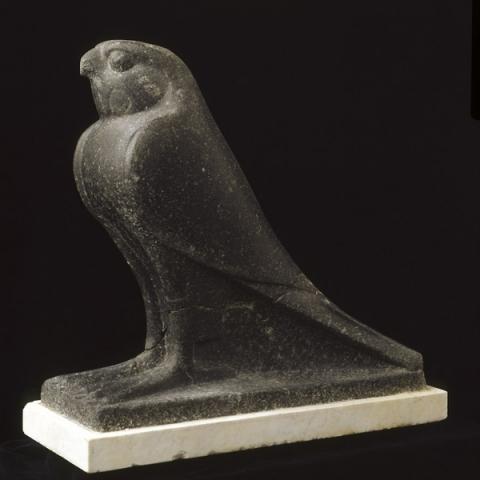Egyptian hall
Most of the works on display come from the “Iseo del Campo Marzio”, the most important sanctuary in Rome dedicated to the Egyptian gods.
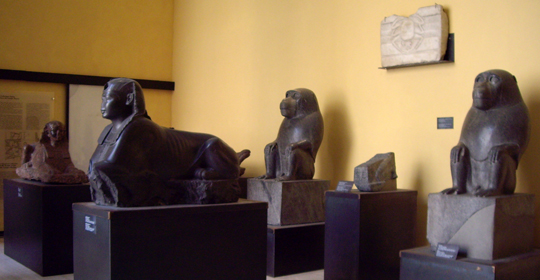
At the time of its maximum splendor, after the reconstruction of the emperor Domitian following the great fire that destroyed the Campo Marzio in 80 AD, the large architectural complex developed over a particularly large area (about 220 x 70 m), with the temples of Isis and Serapis connected by a large rectangular square.
A long avenue, similar to the processional way of the great Egyptian sanctuaries, led to the temple of Isis: the monumental entrance was decorated with gray granite columns with a figured shaft with priests, musicians and singers (exhibited in the courtyard) and surmounted by white marble bell-shaped capitals decorated with Egyptian palm leaves. Along the avenue sphinxes and small obelisks alternated and inside ran a canal where sacred water flowed, which represented the Nile and had an important function in religious rituals. The discovery inside the canal of a pink granite crocodile, clearly immersed in water, which completed the suggestion of the environment of the Nile is particularly interesting.
On the opposite side stood the temple of Serapis, which corresponds to the area where the church of S. Stefano del Cacco was erected, whose name derives from the discovery in this area of a statue of a cynocephalic ape ("cacco" or "macacco") now in the Gregorian Egyptian Museum, which together with other similar statues preserved in this room probably decorated the entrance “portico” giving access to the temple.


























